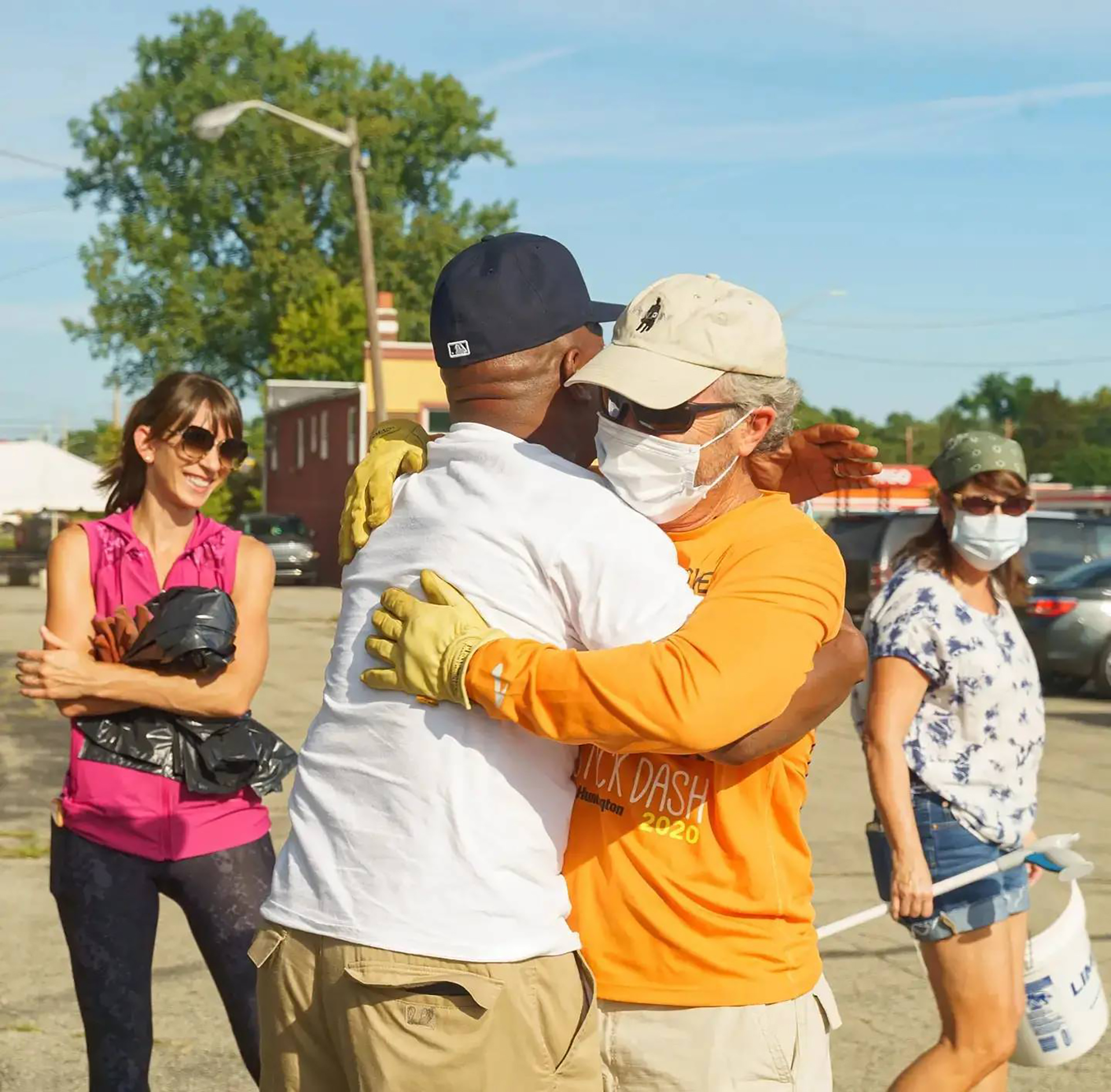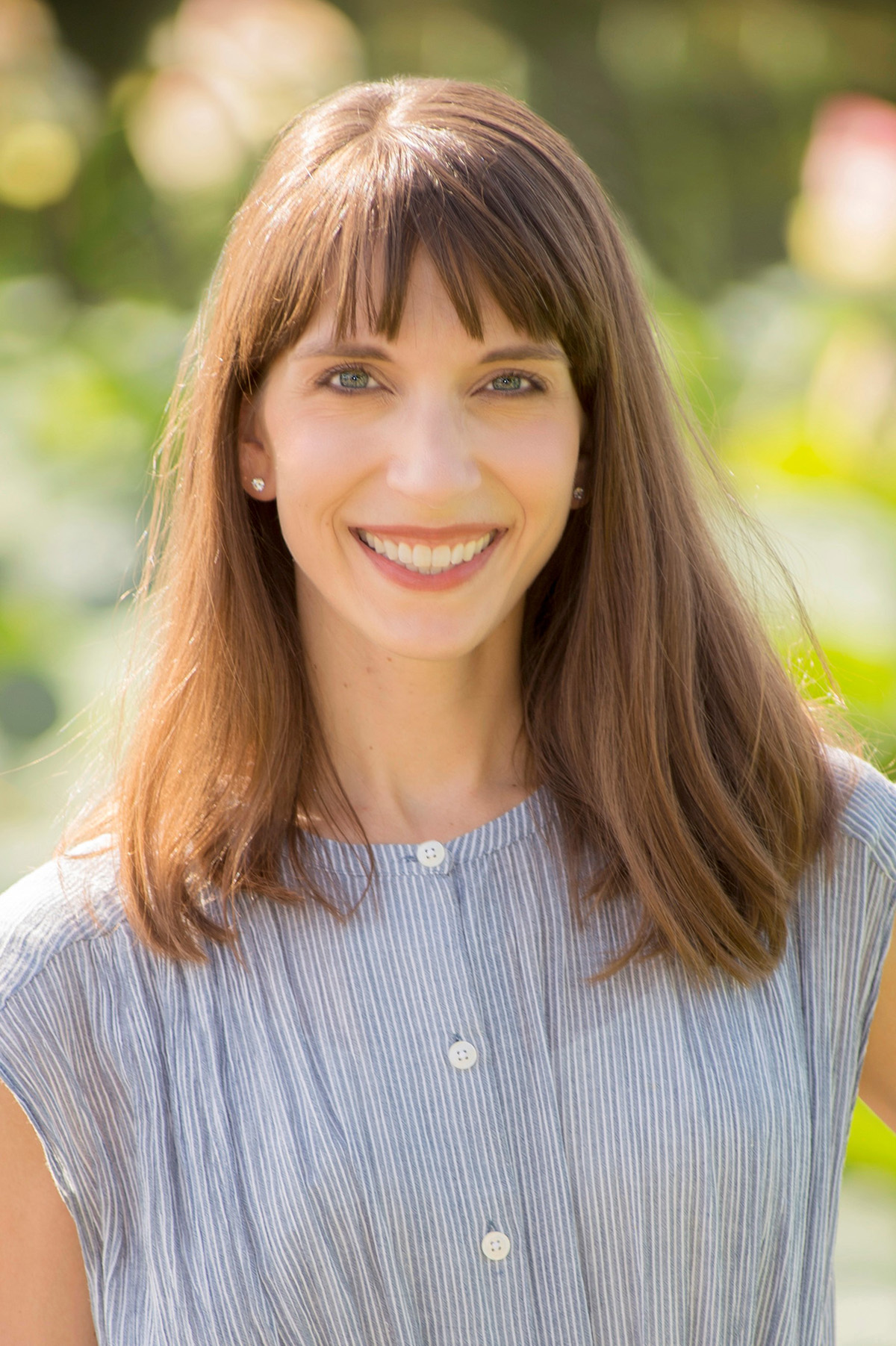March 4, 2025
Seeing the city through someone else’s eyes: How a Ferris State alum turned her Art History degree into a career in social justice

Abbey Chambers’s journey started with two degrees and an academic job in art history, but a curiosity about inequity in neighborhoods led to a career as a researcher and consultant on social justice issues with her own firm.

Abbey Chambers
Chambers earned a bachelor's degree in Art History from Ferris State University’s Kendall College of Art and Design in 2004. After teaching art history and working as an advisor at Herron School of Art + Design for several years, she felt the pull to return to school, enrolling in the American studies doctorate program at Indiana University Purdue University at Indianapolis.
“I love art history and wanted to channel my experiences in academia to a role that was more socially active,” Chambers said. “The American studies program at IUI is a very practical, applied program, and the intention is that the city is your laboratory.”
Chambers said she had always been curious about inequity in neighborhoods, noting the way that measures such as lower walkability and tree canopy scores tended to correlate with higher crime and eviction rates. For her doctoral project, she chose to study how people who live in less advantaged neighborhoods felt about their community and position in the city, and how they thought city leaders perceived them.
She designed an ethnographic study of a downtown Indianapolis neighborhood, focusing on communities that historically received fewer economic resources.
“One of the ways my study relates to art history is that it uses a semiotics approach,” Chambers said. “In art history, we would use semiotics to understand how artists embedded symbolic imagery into their work to convey meaning. I was always really interested in art that had a social sort of undertone or made a commentary.”
Chambers applied those ideas to the way community members saw and interpreted their everyday landscapes. She found that, for many of the people she interviewed, building bike lanes was seen as gentrification, especially when the city neglected sidewalk repairs in the same neighborhoods.
“My dissertation showed the mismatch between what city leaders thought they were trying to do and how residents interpreted what was going on in their community,” she said.
Chambers said she gained the trust of community members simply by showing up and listening to their perspectives.
“I came into the community with the goal of centering the stories of the people who are in the community because they're the experts. I was there to learn, not to preach or be the expert. Just showing up, taking notes, and being quiet was the way to build that trust.”
After finishing her doctorate in 2020, Chambers opened Justways Research in Indianapolis, where she consults on social justice issues. One current project involves working with the Rethink 65/70 Coalition in Indianapolis to build a case for a better design of the highway that cuts through the city.
“Like Grand Rapids, we have interstates running through the downtown area, and they ripped through what were once thriving urban communities,” she said. “Some of the communities around them have risen up and thrived, but the interstates still put a damper on economic and community activity.”
Using a grant from the U.S. Department of Transportation, the coalition is engaging with neighbors to imagine what capping the highway with livable parks or streetscapes might look like.
One of Chambers’ roles is to make sure the team engages with all the people who would be affected by this change. That starts by using census data to understand the social and economic makeup of the community, then getting out into neighborhoods, talking to people, and participating in community resource fairs and meetings to gather perspectives as diverse as the community itself.
Chambers is gratified when her research can be used to help people advocate for their own needs and desires. That happened recently when a developer announced a plan to replace a neighborhood strip mall with low-cost rental units. The neighbors formed an opposition group, using Chambers’ interviews with nearby residents to show widespread support for maintaining the area as a hub of commercial and community activity instead.
Backed by this evidence, she said the opposition group is making headway.
“Success for me is when community members say, ‘this is useful, this is exactly the story we wanted to tell.’”
While Chambers’ path from KCAD may be unconventional, she wouldn’t have wanted her journey to end up any other way.
“My Art History degree is a great foundation for what I do now. I'm in lots of different spaces, and one of the things I learned in art history was how to step outside of my own preferences and appreciate different cultures,” she said. “Now, even if something is not to my aesthetic or exactly what I would choose, I can appreciate that other people value it. I can see from their perspective, which is so valuable, and art history taught me how to do that.”

